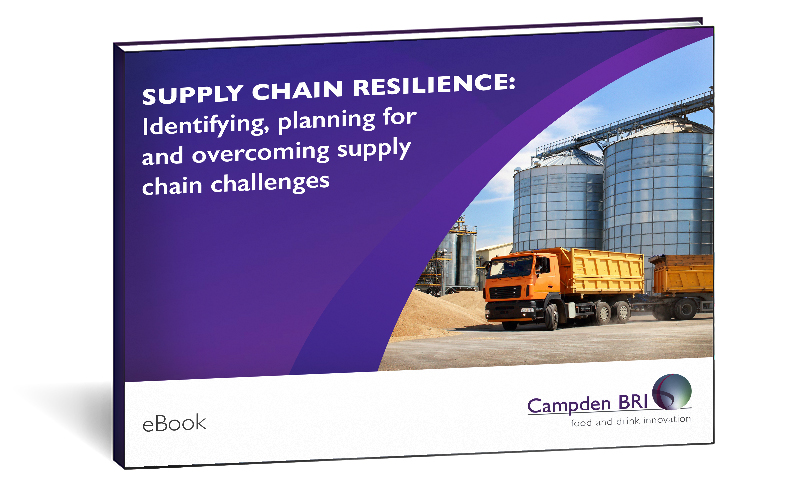
Are you getting the ingredients you paid for?
7 June 2023 | Shantelle Dandy, Section Lead, Microscopy
Disruption to supply chains, as well as variation in ingredient availability and quality, continues to be a challenge within the food and beverage industry. Our scientists have a wide range of expertise and analytical techniques at their disposal to help you navigate the risks associated with cost and availability pressures, and determine whether you are getting the ingredients that you paid for.
Download our FREE Supply Chain Resilience eBook today! Thrive in a changing environment by being prepared, agile and resilient.

Same ingredients, new suppliers
As profit margins are squeezed and markets become more competitive, food manufacturers may look to other suppliers. For the UK, the departure from the EU means these new suppliers may now be further afield and from previously unfamiliar sources. Acquiring ingredients from a new supplier can come with uncertainties around quality and variability. Similarly, changes in an existing product’s performance (such as quality no longer being consistent) following a change of ingredient supplier can raise similar concerns. To save on costs, suppliers may look to bulk out ingredients with a cheaper alternative, compromising the integrity of the manufacturer’s final product.
If this is a concern of yours, how can you begin to investigate?
Microscopic Screening
...we can provide valuable information which may indicate that an ingredient has been adulterated, bulked out with another component or contaminated.
Microscopic screening is the process of determining the presence of foreign or extraneous matter in a given food material with high powered microscopes. A combination of stereo light microscopy, compound microscopy can be used to identify microscopic structures in detail. From this, we can provide valuable information which may indicate that an ingredient has been adulterated, bulked out with another component or contaminated.
How is microscopic screening performed?
Microscopic screening is performed on samples of a given food material. It can be applied to a wide variety of sample types. Just some of the many examples are below, including the types of issues we would typically be looking for in each case. These include:
- tea blends which may contain small particles of foreign matter, such as fibres (synthetic or natural)
- ingredients containing extraneous matter, such as species waste (e.g. faeces or insect parts) extraneous vegetable matter or seeds
- spices such as coriander or cumin which can be bulked out with other, cheaper ingredients
- chickpea flour bulked out with potato starch
- white pepper containing black pepper
Microscopic screening helps you begin your investigation into whether your product may have been bulked out with other ingredients. But what if you’re looking for a non-food contaminant such as metal or glass?
We regularly conduct identification of foreign bodies / physical contaminants, such as fibres, metal, plastic, bone, rubbers, glass and more, by light microscopy coupled with X-ray microanalysis (using scanning electron microscopy) and Fourier-transform infrared FT-IR spectroscopy. How do they work? X-ray microanalysis uses a focused beam of electrons to produce X-rays, which are diagnostic of the elemental composition of a sample. FT-IR spectroscopy, however, uses a focused infrared beam to determine the chemical composition of a sample. These analytical tools can also be used in non-food products.
How can we help?
Microscopic screening is just one of the ways we can assist you in identifying the presence of contaminants in your products. If you have a foreign body or other contamination issue in need of investigation or you would like to find out more about our microscopic screening and other microscopy services, please get in touch. Across our wide range of services, we can help you find the support to fit your needs.
How can we help you?
If you’d like to find out more about small scale screening, contact our support team to find out how we can help.
Download our FREE ‘Supply Chain Resilience’ eBook today!
Be resilient and thrive – ensure continuity of supply of safe, quality food.








